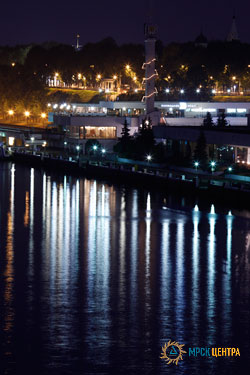
The main advantage of the use of this cable in comparison with the used earlier is the speed and variety of options for installation. In addition, it requires no special preparation of ROWs and creation of special conditions for installation: laying the “multi-wiski” cable is seamless and direct, so it can be done in a very short time. Design and operational features of “multi-wiski” allowed you to apply it to the remote construction sites as the main power cable for transformer substations, as well as for emergency power supply to remote facilities. “Multi-wiski” is especially convenient to perform work in densely populated areas, where it is impossible to lay only a cable or an overhead power line only, and also to hang it hung onto poles and lay it across the facade of buildings.
The pilot project of a new type of cable has been implemented in Yaroslavl in Zavolzhsky district. This is the most densely built-up, large in area and population (there are more than 118 thousand residents) district of the city. Here are the largest regional enterprises: Yaroslavl Car Repair Plant “Remputmash” Shoe Factory, OJSC “Red Lighthouse” and Yaroslavl Diesel Equipment Plant. The district is a center of trade and service, cultural and sports industry of Yaroslavl. Active development of the area has high requirements for reliability and quality of power supply.
The length of the “multi-wiski” cable line in Zavolzhsky district is 2 km 597 m. In the first place it supplied power to a new Yaroslavl Zoo — the only one in Russia and CIS zoo of a landscape type, located on the territory of 100 hectares. Here the cable, designed to supply power form the 35/10 kV substation “Mikhailovskaya”, in compliance with European standards of building of reserves, is partly laid on the trees without any clearing.